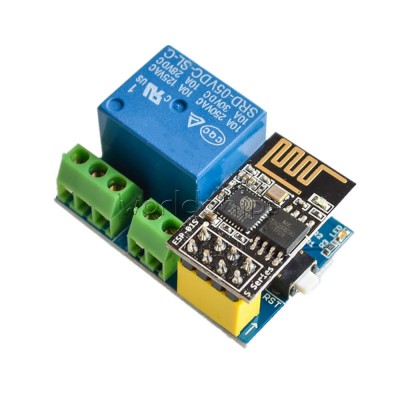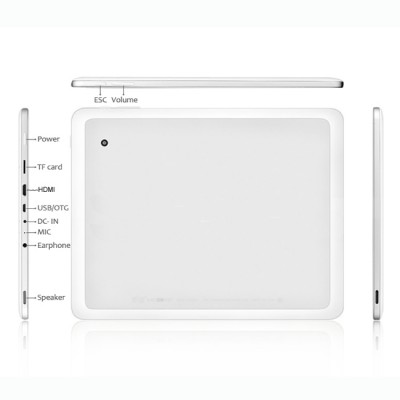I had to replace my smartphone.
Nowadays smartphones fall into the category “cornflakes tech”. Don’t get me wrong, I rely heavily on them, but I refuse to spend more money on computer stuff then I have to. I do have trouble understanding people that spend 10K SEK on a phone that get a cracked screen three months later.
I’d rather put as little money as possible on that kind of tech and do more pleasant things instead.
And with the growing hunger of Google, I always try to avoid leaking data as much as I can too.
That gives me some parameters to lean on:
* A hardware that just enough copes with what I need it to do.
* An android version that I can root and “own”.
* As cheap as possible.
* Use Yalp to “side load” apps so that a google account isn’t needed on the phone. As for now, Yalp is dead. I have to use APKpure which is not at all as good and clean and full with nastiness.
This time that rendered me a CUBOT Note plus.
Pretty good build quality with pretty good power, severely customized.
NOW IT IS TIME FOR THE DISCLAIMER… KNOW YOUR THINGS OR BE WILLING TO BRICK YOUR PHONE. PROMISE NOT TO WHINE OR GET MAD! IF YOU CAN’T STAND THE IDEA OF LOOSING YOUR PHONE, DON’T DO THIS! YOU HAVE BEEN WARNED.
If you want to do this you’ll need to root. Here is how I did that;
Prerequisites…
I do this in linux. I think the process will work in both windows and mac to, but I can’t guarantee that. But it looks as if all the tools are in there.
My phone came with the latest ROM so there where no need to OTA update it. But always start with as new ROM as possible because you will loose both warranty and the ability to do OTA updates when you root. These steps where made on an official v12 ROM from CUBOT.
I have niched to a certain chipset to ease the pain of reflashing the hardware in case you softbrick (you will do it eventually). In my case that means MTK chipsets. And I have “SP Flash tool” to revive the hardware if something goes south, but SP flash tool is NOT bundled in the zip i mention.
If you are new to ADB, play a while with harmless commands to get the hang of it before you start opening up bootloaders. Test to just “ls” and “cd” around to see what you have there.
I have made a zip-file for you so that you can save some time. You can download it here. Unzip the file, it will create a folder called “fastboot”. In that folder you will find all you need to root your CUBOT Note Plus. Here is how you do it:
1) Download and unzip. Then open a terminal in the folder “fastboot”.
2) Hook up your booted phone to a usb port. The phone needs to be in developer mode and usb debugging and oem unlock needs to be switched on.
3) Inside the folder “fastboot” you will find a rootchecker apk and a super-su zip. Transfer both of them to the phone. Internal storage or microsd card does not matter.
4) Write the command “./adb-linux reboot bootloader” to boot your phone into fastboot bootloader (which is a black screen with silly small text on).
5) Unlock bootloader by typing “./fastboot-linux oem unlock”. This will make the Notes Plus display an irritating message and wait in one minute when booting, but I don’t care, I don’t reboot a lot.
6) Now type command “./fastboot-linux boot recovery.img” to boot the phone on the file recovery.img that also resides in the “fastboot” folder. This will give you a ram loaded TWRP
7) Use TWRP to install the super-su zip that you transferred to the phone in step 3.
8) This step is optional, but you can install the busybox zip as well. Personally I like to install the busybox app later.
9) After install is ready, use TWRP to reboot you phone.
10) When booted, install rootchecker app from storage and verify root.
NOTICE
By the time of writing this, TWRP is so buggy and new so it can’t be permanently loaded (flashed) in a working state. Therefore we load it into ram, there it will work (touch screen drivers?) but on next restart it will be gone again.
BIG thanks to Cleopatra for his work with TWRP, guys like you deserve our respect.














